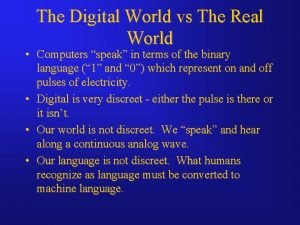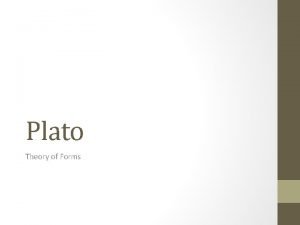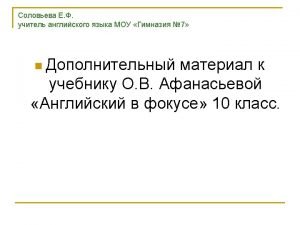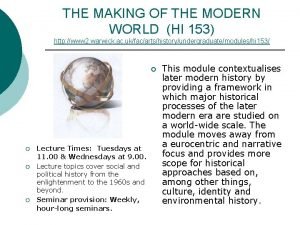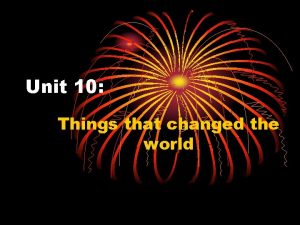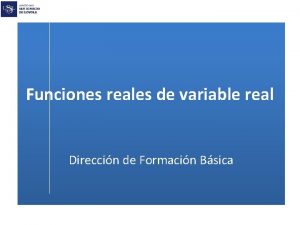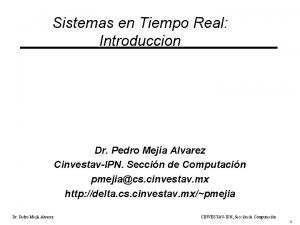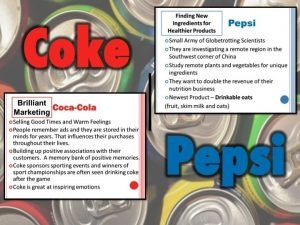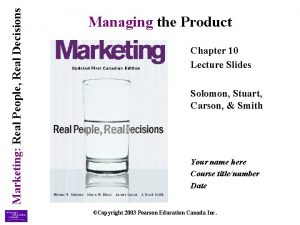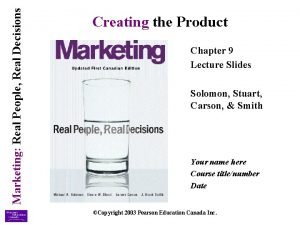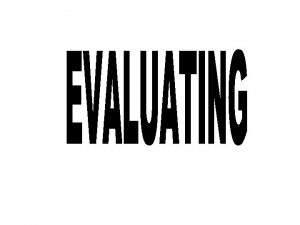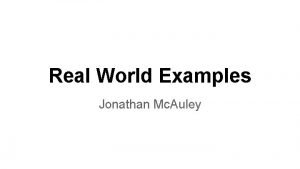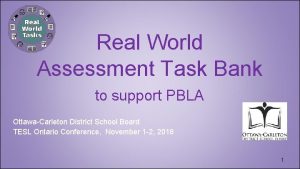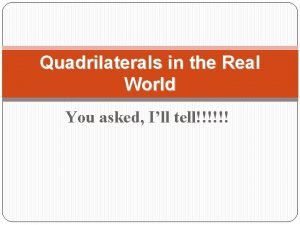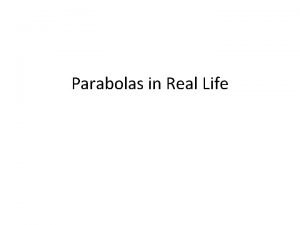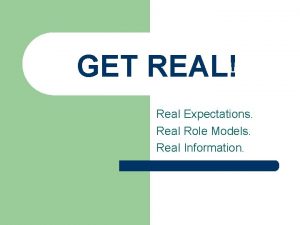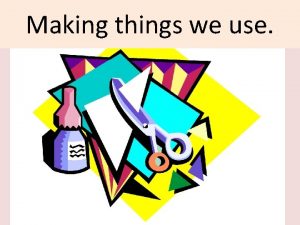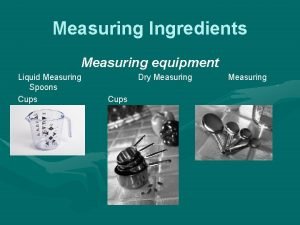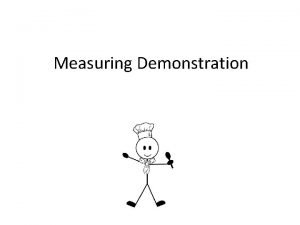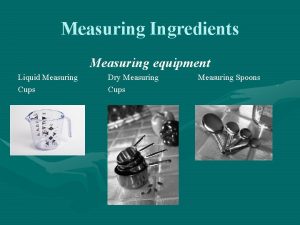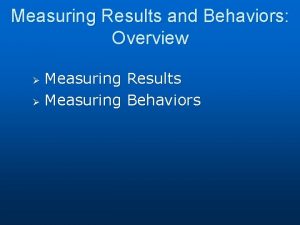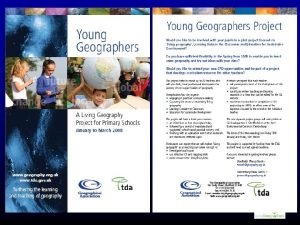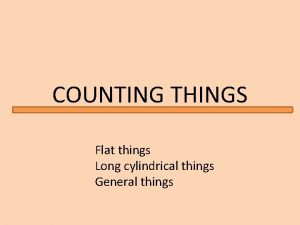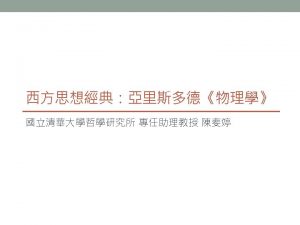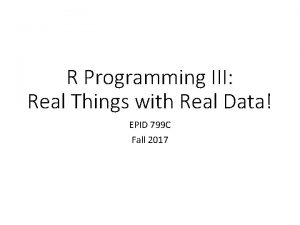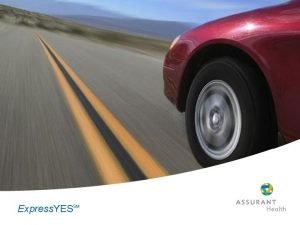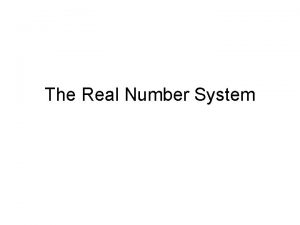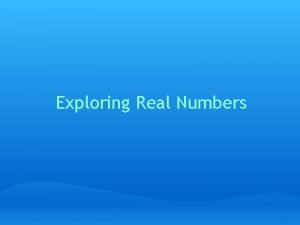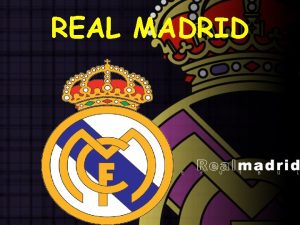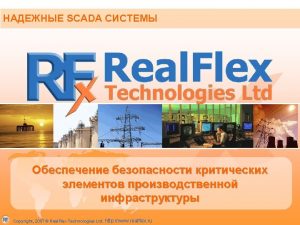Real world measurements Measuring things Making measurements is
































- Slides: 32

Real world measurements

Measuring things • Making measurements is an essential part of all branches science and engineering. • Much (all? )of our understanding of the world was born from experimental measurements (often ones that disagreed with the current theory). • Models of systems are useless without validation. • Performance of engineered systems must always be measured and tested. “Experiment is the sole judge of scientific truth” Feynman




Healthcare

Modern engineering systems

Physics – classical and today Michelson-Morley Large hadron collider

And corporations want to instrument your life (this is a conspiracy)

What you will learn (hopefully) Make a set of physical measurements. Analyze and present experiment data. Conduct basic error analysis of data. Design a basic computer based experimental system. • Use measurements test physical models. • •

Leverage Sensors and electronics keep getting cheaper. Wireless keeps getting cheaper and better. Sensors getting smaller. GPS is getting easy and cheap. IPhone and Wii are driving down complex sensor costs. • Ability to interface to computers keeps getting easier. • • •

Course structure (some details TBD) Week 1 Individual Lab: Intro to data acquisition - acceleration Week 2 Individual Lab: Op-amps - lie detector Week 3 Individual Lab: Instrumentation amp. – EKG Week 4 Individual Lab: Mechanical – Stress/strain Week 5 Individual Lab: Mechanical – Strain project (? ) Week 6 Individual Lab: Signal processing – EEG (brain waves) Week 7 Individual Lab: Remote data collection (weather station) Week 8 Team Project Week 9 Team Project Week 10 Team Project Week 11 Team Project Week 12 Team Project Week 13 Team Project

Project theme – The natural world Possible examples: • Environment • Weather balloons • Lakes, rivers. • Weather, wind, rain. • Bio-instrumentation • EKG • EEG • Pulse oximeter • Biomechanics (accelerometers in your shoes) Projects can focus on building a reasonably challenging sensor/circuit or using commercial sensors and focus on the experiment and the data.

A few things…. This is not an EE course. Ninjas. Lab reports – focus mainly on results. Weekly labs will be individual, we will try to minimize the sharing of equipment. • Team project will be in groups of about 4. • Significant changes in labs from last years class. • •

Grades – yes we have to give them • Storey conjecture: If you turn everything in on time, come to class, spend a reasonable amount of time on homework, and put forth a reasonable effort, the lowest grade you will receive is a B. • Corollary: You can easily get a C, D, or F by not doing the above mentioned tasks.

So… let’s get down to business

Hardware – USB data acquisition

Analog to digital conversion What is the sample rate? Our system has a 14 bit ADC, if we set the range to ± 10 V, what is resolution?

Resolution 14 bit ADC: 0010101101 214=16384 numbers Resolution = range/16384 Eg: range is +10 to -10 V; 20/16384=1. 2 m. V range is +1 to -1 V; 2/16382 = 0. 12 m. V

Aliasing error

Noise What are sources of noise?

Types of noise • Thermal (Johnson) noise – due to thermal motion of charge carriers. • Shot noise – discrete nature of electrons • 1/f noise or flicker noise Interference • Electromagnetic interference – (man-made or natural) • Cross-talk – coupling between different signal lines

How accurate is the DAQ? • If we measure 1 V, should we believe it? • Test with Keithley

How close is the measured value to the actual one? • Pressure sensor example:

Simple voltage divider demo =2. 5 V = R R What’s this voltage?

USB 6009 – input impedance i R =2. 5 V = i is not 0! R

Analog output demo =1 V = R=20 K and 200 Ω

Source impedance DAQ Analog Output =1 V =200 Ω What is R source for our DAQ?

Generic sensor measurement If R source is small, and Rmeas is big, then you measure Vsensor Otherwise, you might be measuring something else! Sensor Measurement- DAQ

This week: Accelerometers

Matlab data acquisition toolbox

In class exercises • See Data Acq. Toolbox tutorial, try exercises 1, 2, and 3. Work with the person next to you. • Try to create a virtual scope, where data is collected and plotted continuously. Hint: collect an infinite number of samples.
 How is factoring polynomials used in real life
How is factoring polynomials used in real life Real world vs digital world
Real world vs digital world Socrates theory of forms
Socrates theory of forms Is making inference simply making a guess
Is making inference simply making a guess War making and state making as organized crime summary
War making and state making as organized crime summary I enjoy making things
I enjoy making things Living and nonliving things venn diagram
Living and nonliving things venn diagram Living things grow images
Living things grow images Making of the modern world warwick
Making of the modern world warwick Unit 10 things that changed the world
Unit 10 things that changed the world Funciones de variable real dominio y rango
Funciones de variable real dominio y rango The real real fashion copywriter
The real real fashion copywriter Sensor and (tiempo real or real time)
Sensor and (tiempo real or real time) Marketing: real people, real choices
Marketing: real people, real choices The real thing short story
The real thing short story Marketing real people real choices
Marketing real people real choices Real homes real estate
Real homes real estate Marketing real people real choices 11th edition
Marketing real people real choices 11th edition Marketing real people real decisions
Marketing real people real decisions Marketers classify innovations based on their
Marketers classify innovations based on their Real life examples of piecewise functions
Real life examples of piecewise functions Real world physics solutions
Real world physics solutions Whats a stem and leaf plot
Whats a stem and leaf plot Quadratic equation real world examples
Quadratic equation real world examples Tangent tangent angle
Tangent tangent angle Kelly real world
Kelly real world Real world examples
Real world examples Angles in the real world
Angles in the real world Real world task
Real world task Systems of linear equations real world applications
Systems of linear equations real world applications Quadrilaterals real life
Quadrilaterals real life Convergent boundary
Convergent boundary Parabola graph in real life
Parabola graph in real life

